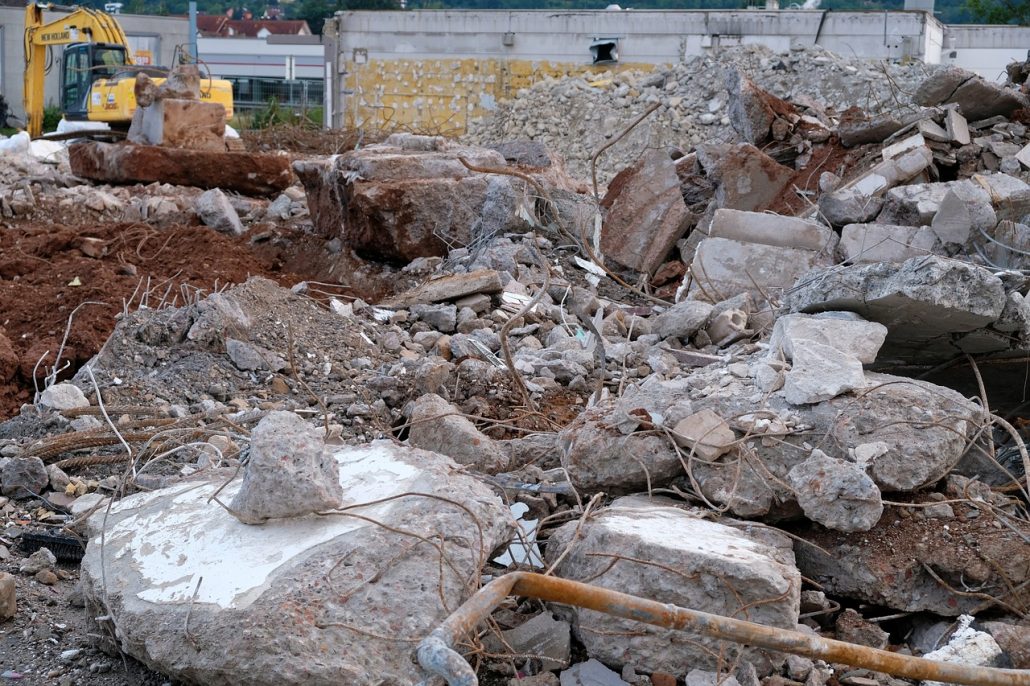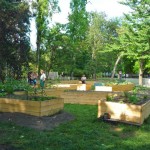When demolishing a building, a lot of the resources in the debris can be used in the construction of a new buildings.
Buildings are a source of recyclable materials. When buildings are converted or demolished, many materials can be reused or recycled. This approach is in line with the principle of sustainability, conserves resources and also helps using existing resources efficiently.
So far, this option has rarely been used. In future, the use of recyclable materials from buildings should be increased. This requires information about which materials buildings are made out off. The “high-rise buildings as a source of recyclable materials” project developed methods and procedures to obtain and subsequently use this information.
The “high-rise buildings as a source of recyclable materials” project dealt with the use of buildings and other infrastructure facilities in Vienna as future sources of raw materials. During the project, information was collected about buildings in Vienna and ongoing demolitions were investigated.
Concrete + Bricks + Mortar + Steel = House
The material composition of individual buildings in Vienna were examined. Depending on the building type, the buildings contained differing compositions of various materials. Use and age play a major role. The buildings were divided into various building types, according to their use and construction period. Specific material values were determined for each building type. For instance, the “1919 to 1945 age class and residential use class” building type contains an average of 260 kilograms of concrete and 6 kilograms of steel per cubic meter of gross floor area. Or the “1997 and younger age class and residential use class” building type contains an average of 380 kilograms of concrete and 13 kilograms of steel per cubic metre of gross floor area.
Afterwards, Vienna’s building structure was analysed and the volume of the various building types ascertained. At the same time, demolition activity was analysed to determine how many demolished buildings of the various building types were present.
The “total stock” can be estimated by combining material values with building volumes, thereby enabling the anticipated volume of recyclable materials and waste to be forecast. This is then incorporated into the planning of future buildings.
Benefits for a smart city
- Tool for the material characterisation of buildings
- Guidelines for environmentally-friendly, resource and cost-efficient decommissioning/demolition
- Methods for determining the unused stock of materials (for example “dead” wiring)
- Information about the future raw material volumes available in Vienna
- Basis for the creation of a “resource registry” for Vienna
Facts & Figures
- Duration: 06.11.2012 – 15.05.2015
- Lead: City of Vienna – Executive Group for Construction and Technology (Environmental Technology and Official Procedures Group & Building Construction Group)
- Partner: TU Vienna (CD Labor Anthropogene Ressourcen); City of Vienna – Municipal Department 22 – Environmental Protection
Contact
Claudia Schrenk
City of Vienna – Executive Group for Construction and Technology
E-Mail: claudia.schrenk@wien.gv.at
This post is also available in: German




